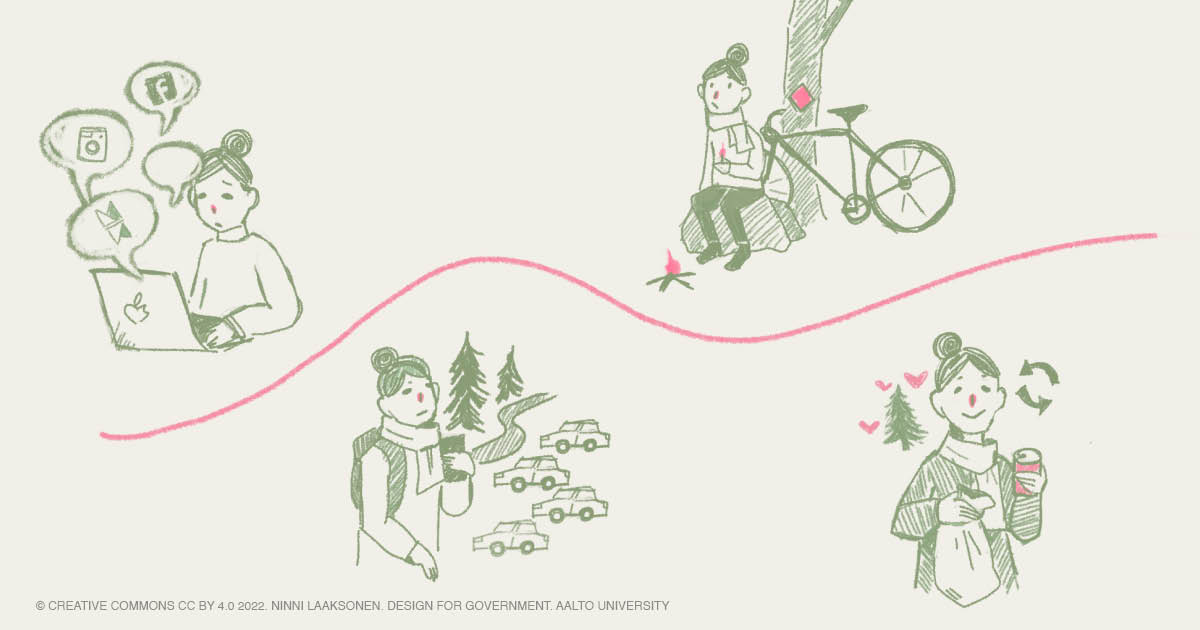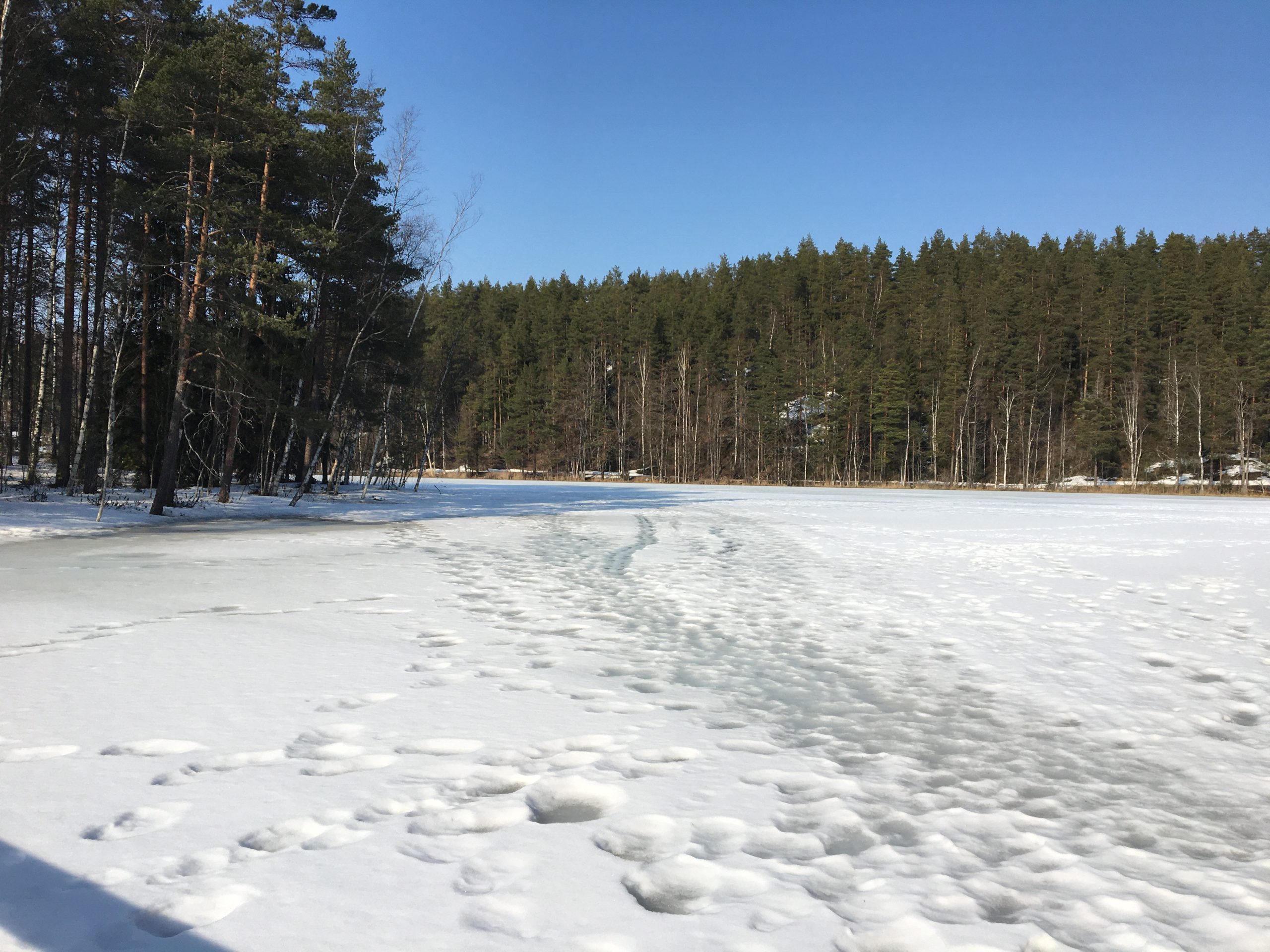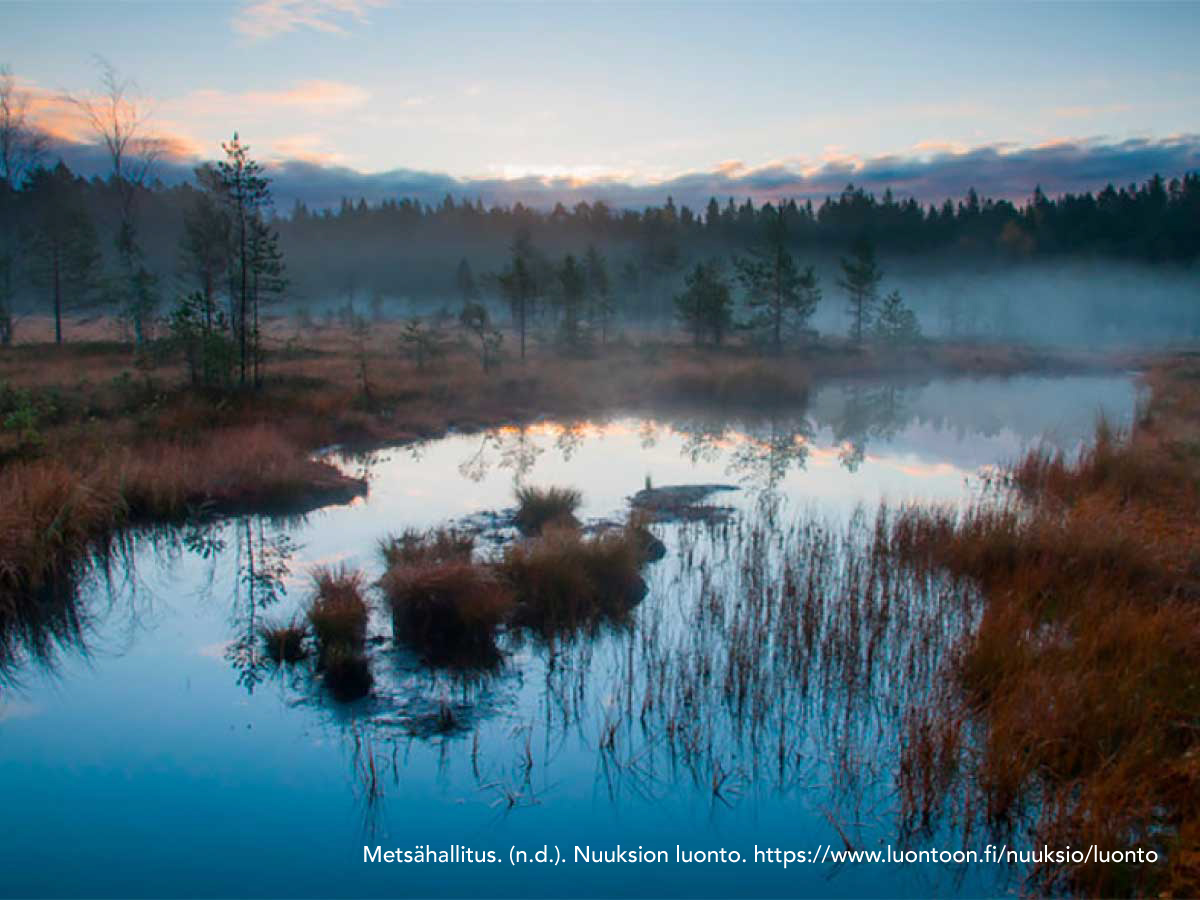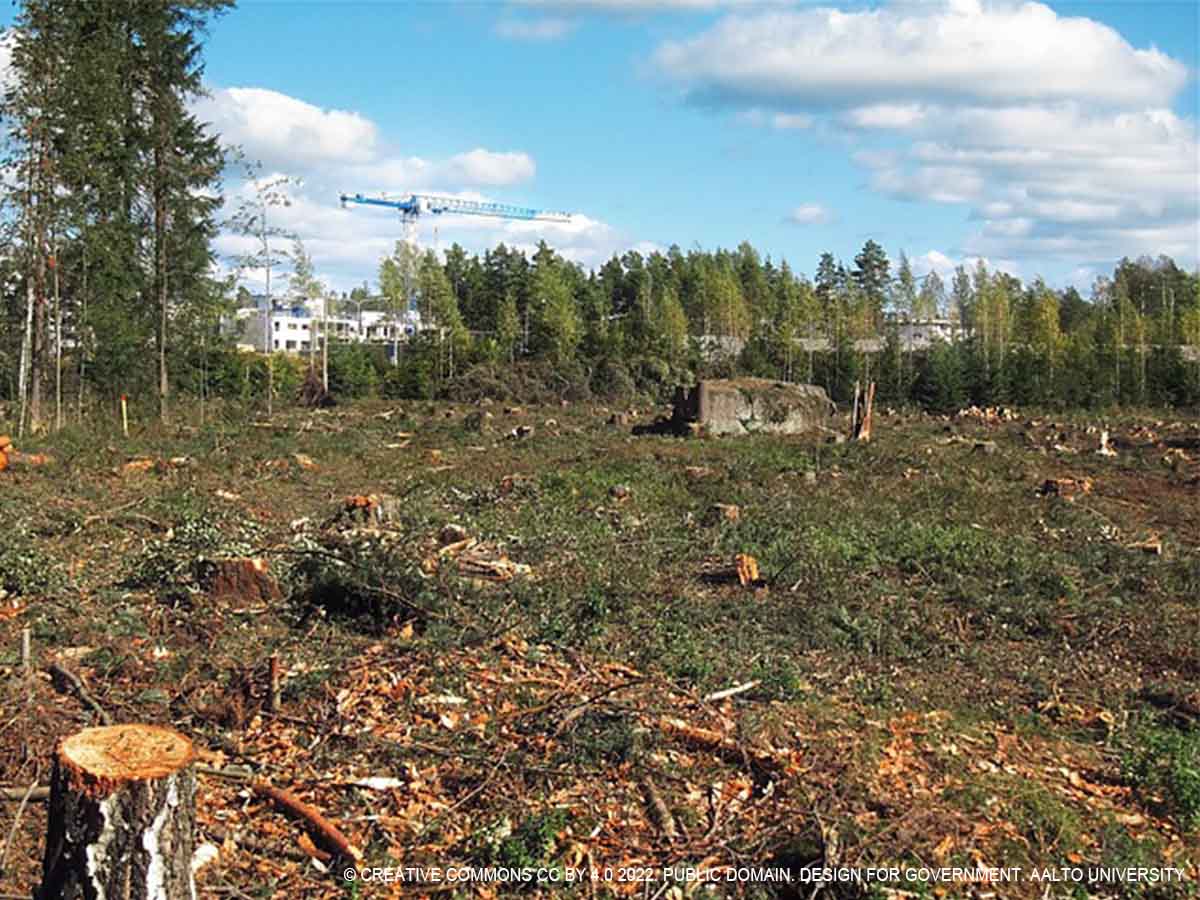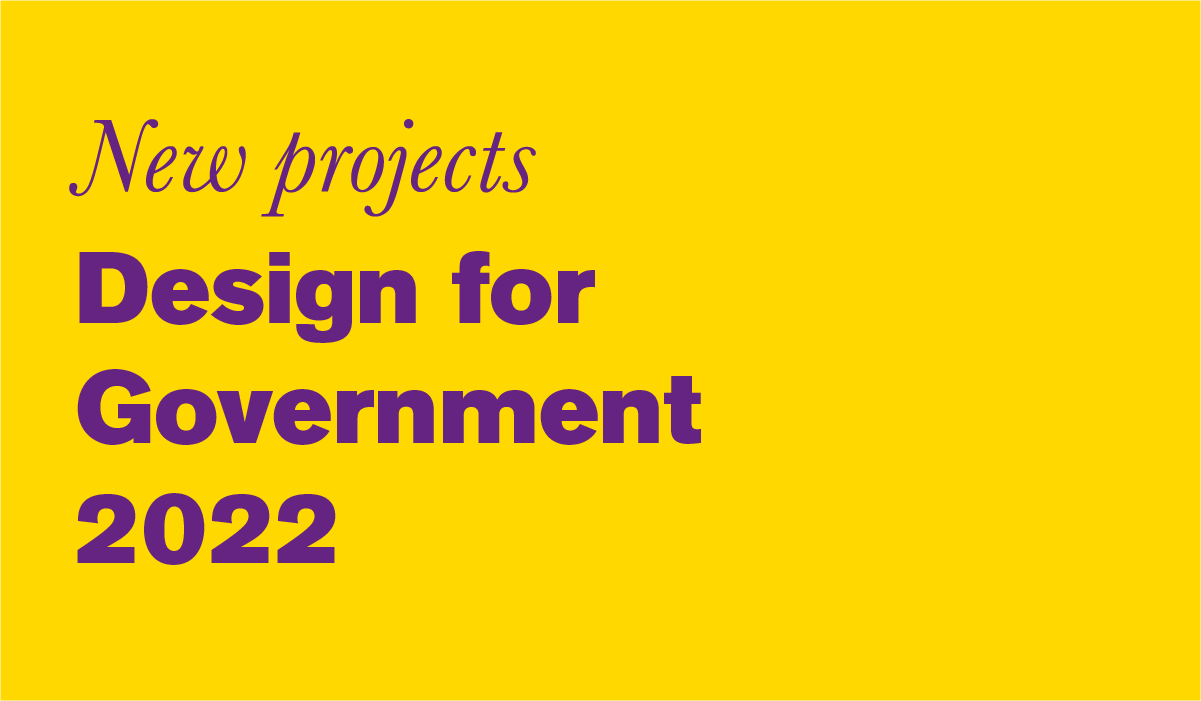Finding tangible problems in a complex system
Team 1B is working on Metsähallitus’ and the Ministry of the Environment’s brief about the future of sustainable recreation. How can national parks be preserved in the future, as visitor numbers continue to grow? Through research and design interventions, the project seeks solutions to behaviors that harm the nature in conservation areas.

